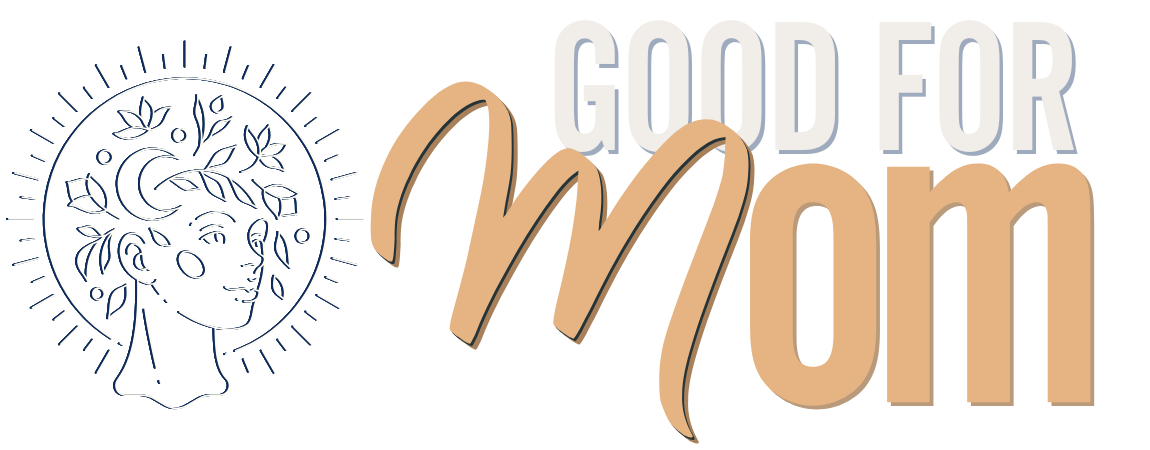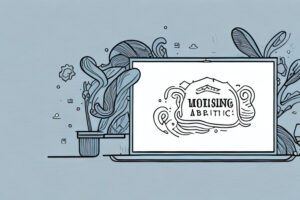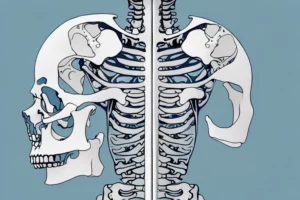Eating a nutritious diet and exercising regularly are two of the most important practices for leading a healthy and balanced lifestyle.
Making healthy diet and exercise decisions can help you prevent chronic diseases such as diabetes, heart disease, and obesity, as well as promote energy, mental alertness, and emotional wellbeing.
Benefits of Eating a Healthy Diet
Eating a balanced diet can have a variety of positive health benefits.
A diet that is composed mainly of fresh fruits and vegetables, lean protein sources, dairy products, whole grains, and healthy fats can help you maintain a healthy body weight, provide essential vitamins and minerals to your body, support digestive health, and even promote better moods.
Along with these overall health benefits, a healthy diet can even improve athletic performance and reduce fatigue associated with physical activity.
Eating the right foods at the right times before and after exercise can also help you with musclerecovery, reduce hunger, and boostoverall energy.
In addition to the physical benefits of a healthy diet, it can also have a positive impact on mental health.
Eating a balanced diet can help reduce stress and anxiety, improve concentration and focus, and even help with sleep.
Eating a variety of nutrient-rich foods can also help to boost the immune system, making it easier to fight off illnesses.
How to Plan Your Meals?
Creating a meal plan can help you prioritize healthy food choices and stay on track while avoiding unhealthy cravings.
When meal planning, aim to create meals that focus on whole foods that are not processed.
Beans and Pulses, Lean Meat or Fish, Eggs, Yoghurt, Nuts and Seeds, Leafy green vegetables, Fruits, and unrefined grains can all be foundation ingredients for building nutritious meals.
Try to include different colors in your meals as much as possible.
Adding colorful foods to your plate not only makes your meals more visually appealing, but also helps ensure you are eating a wide range of nutrients.
When planning your meals, it is important to consider your dietary needs and preferences.
If you have any food allergies or intolerances, make sure to include meals that are safe for you to eat.
Also, if you are following a specific diet, such as Vegan or Paleo, make sure to include meals that fit within the guidelines of that diet.
Stocking Your Pantry with Nutritious Foods
Eating healthy doesn’t have to be expensive!
By stocking your pantry with staples such as Rice, Quinoa, Oats, Canned Beans, Canned Tuna or Salmon, Canned Tomatoes, Sauces, Frozen Fruits, Vegetables, Nuts, Seeds, Dried Herbs and Spices, there’s no limit to the variety of healthy meals you can make.
In addition to pantry staples, it also helps to keep plenty of healthy snacks in the house such as Fresh Fruits and Vegetables, Nuts and Seeds, Hard-boiled Eggs, unsweetened Yoghurt, NutButters, Dark Chocolate, Kale Chips, or Air-popped Popcorn.
When shopping for pantry staples, look for items that are minimally processed and free of added sugars, preservatives, and artificial ingredients.
Also, be sure to check the nutrition labels for sodium content and opt for lower sodium options when possible.
Tips for Increasing Physical Activity
Incorporating physical activity into your daily routine is essential for overall health.
Even if you don’t have time for a full workout routine, there are ways to get more active throughout the day.
Incorporating activities like Walking or Cycling to work or school instead of taking public transportation or driving, taking the stairs instead of the elevator, or going for a walk on your lunch break are all small steps you can take to accumulate more physical activity in your daily life.
Finding an enjoyable form of physical activity is also key to staying active and consistent.
Whether it’s playing a sport with friends or family, joining an exercise class or program in your area, working out with a partner or group, or simply going for a daily stroll or jog around your neighborhood – the important thing is to find an activity that suits you best.
In addition to finding an enjoyable form of physical activity, it is important to set realistic goals and track your progress.
This will help you stay motivated and on track with your fitness goals.
You can also reward yourself for reaching milestones or completing a certain number of workouts.
This will help keep you motivated and focused on your goals.
Creating an Exercise Routine
Once you’ve identified a physical activity that interests you, it’s time to create an exercise routine that fits your lifestyle.
Start by plotting out when you have time for exercise in your daily schedule.
For example, if a morning workout works best for you then figure out how much time you can dedicate to exercise right after waking up. Working out in the evening?
Then allocate some time towards the end of your day to squeeze in some exercise.
Once you’ve identified a time when you can exercise consistently without fail, begin creating an effective workout routine by incorporating various elements of strength into your plan, such as:
- Training (bodyweight exercises or weightlifting)
- Cardiovascular exercise (running, cycling, swimming)
- Flexibility exercises (yoga, Pilates, stretching)
Strategies for Sticking to Your Diet and Exercise Plan
Having an effective diet and exercise plan is only one part of maintaining a healthy lifestyle.
To ensure success it is important to develop strategies for staying motivated and on track with your goals.
Start by setting realistic and achievable goals – focus on making small changes over time instead of drastic changes overnight.
Celebrate all successes no matter how small – this will help keep you motivated and encourage further progress.
It’s also important to have social support – find someone who is also interested in making changes to their diet and exercise routine and partner with them for additional motivation.
Determine how to handle challenges that may arise along the way. If you fall off track, don’t give up! Instead, adjust your plan if need be and try again.
Making Healthy Changes in the Long Term
Making permanent lifestyle changes takes time and dedication. It’s important to be patient with yourself as getting stuck in “diet mentality” or the attitude that healthy eating and exercise must be excruciatingly hard can make progress difficult in the long-term.
Remind yourself – why you started your journey in the first place?
Focus on the health benefits that will come from this lifestyle change rather than just trying to change your outward appearance.
To stay on track with making long-term changes it’s important to set yourself up for success by having a plan in place for dealing with challenges.
Make sure you have emergency stash of healthy snacks available at all times. For example, fruit stored in the freezer for smoothies makes quick and tasty snacks. Also, make a list of alternative forms of physical activities when the weather is bad. You can try circuit training indoors or follow structured exercise videos online.
Dealing with Challenges and Setbacks
No one is immune to challenges when it comes to eating healthily and exercising consistently.
Life has its ups and downs but learning how to deal with setbacks is key.
Don’t beat yourself up when something doesn’t go according to plan – it’s ok to make mistakes as long as you learn from them.
If push comes to shove it’s ok to give yourself a break once in a while.
Allow yourself a cheat meal or snack every once in a while so that you don’t feel deprived.
Focus on maintaining consistency instead of worrying about mistakes – take it one day at a time.
Seeking Professional Guidance
Making lasting changes to your diet and exercise habits takes dedication but if you find yourself stuck it might be wise to consult with a professional.
A nutritionist can help formulate personalized meal plans that fit your individual needs while a personal fitness trainer can help guide you through those tough moments with an intensive workout plan.
Consulting with an expert can often be incredibly valuable in helping make healthy lifestyle changes stick in the longterm.
However if looking for professional guidance isn’t something that interests you there are many online programs available as well as support groups where people of similar goals can motivate and inspire each other.
Conclusion
Making healthy changes to your diet and exercise routine does not have to be difficult.
With the right strategies in place anyone can make positive changes that will have lasting impacts on their overall health and wellbeing.




